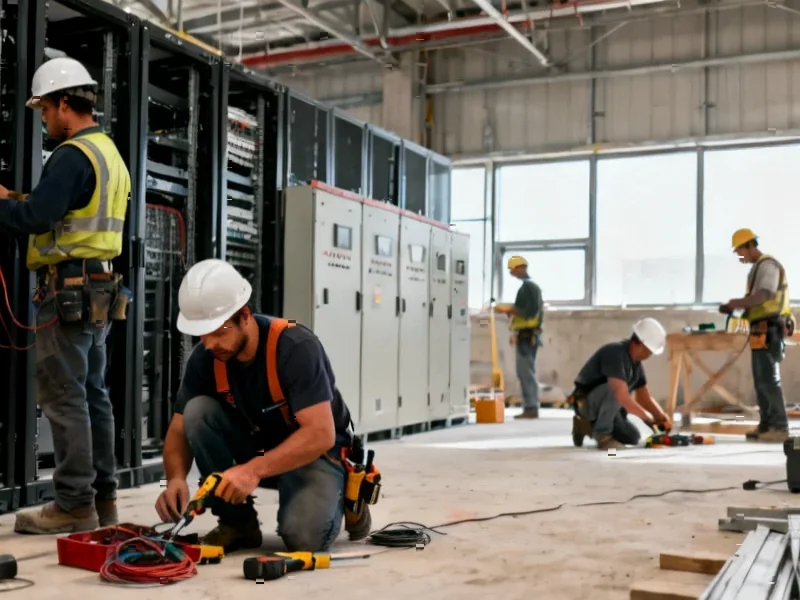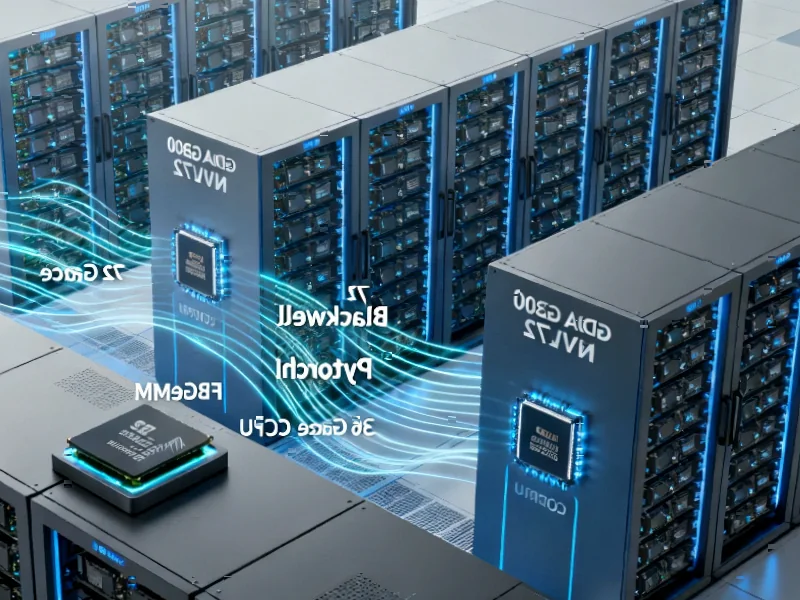According to Business Insider, Joe Tigay, portfolio manager of the Rational Equity Armor Fund, is sounding the alarm about the AI stock rally’s durability heading into 2025. He believes the technology needs to demonstrate clear economic benefits beyond just infrastructure spending to avoid going from boom to bust. Tigay used the vivid metaphor that without broader economic improvement, we’re “building a sandcastle at high tide.” He specifically pointed to Amazon’s recent layoffs where the company cited AI as a factor, noting this might be just the tip of the iceberg. While Amazon’s Q3 North America sales grew 11% year-over-year, Tigay sees concerning signals about job market stress building, particularly in the lower half of the income distribution.
The Sandcastle Problem
Here’s the thing about Tigay’s warning – it cuts through all the AI hype we’ve been swimming in for the past couple years. Everyone’s been talking about AI infrastructure spending propping up the economy, but what happens when the data centers are built and the chips are installed? That’s when the real test begins. Basically, we need to see AI actually generating economic value that flows beyond just the tech companies building the tools. If it doesn’t, we’re looking at what could be a massive hangover after the spending party ends.
The Job Market Reality Check
Tigay’s really worried about the labor market implications. He said something that should make everyone pause: “If AI-driven efficiency only results in permanent job losses without creating new opportunities, we risk a demand collapse that would undercut the entire rally.” Think about that for a second. We’re already seeing major tech companies cutting jobs while their revenues grow – Amazon being the prime example. But what happens when those laid-off workers can’t find new positions that pay similarly? They spend less. And when enough people spend less, the whole economic engine starts sputtering.
The Transition Period Problem
Now, Tigay isn’t saying displaced workers will be jobless forever. But he’s honest about not knowing how long the transition will take or how it will play out. And that uncertainty is the killer. People don’t just bounce back immediately from tech-driven job displacement – we saw this with manufacturing automation, and AI could accelerate similar patterns across white-collar work. The question is whether new opportunities emerge fast enough to absorb the workforce disruption. History suggests these transitions are messy and take longer than optimists predict.
What Comes Next
So where does this leave us? We’re in this weird period where companies are investing billions in AI infrastructure while simultaneously using AI to cut costs through job reductions. The math only works if AI eventually creates enough new value and opportunities to offset the initial disruption. Otherwise, we’re just moving deck chairs around while the economic ship takes on water. Tigay’s basically saying the clock is ticking – we’ve got until 2025 to see if this AI thing is the real deal or just another tech bubble waiting to pop.




